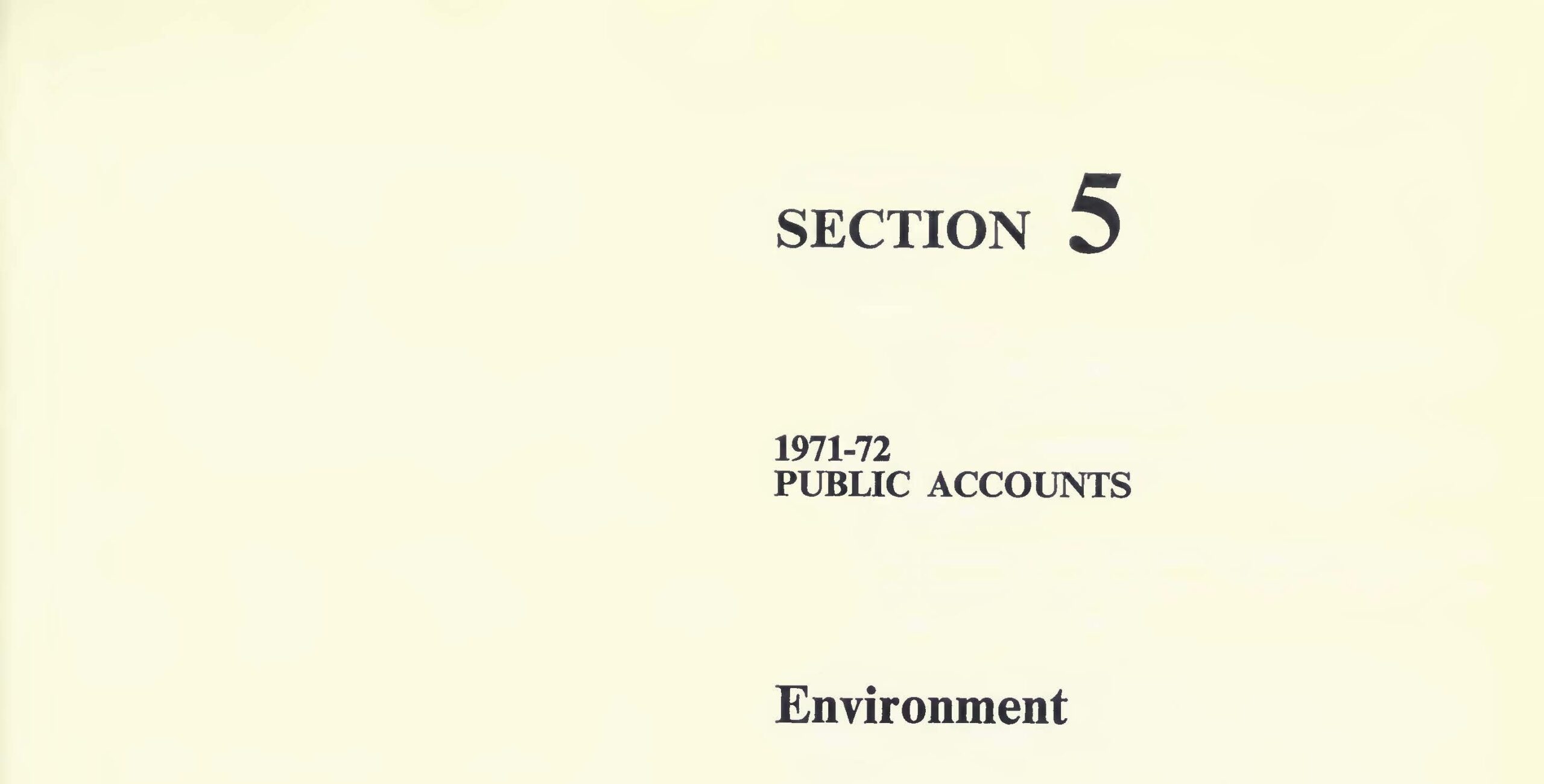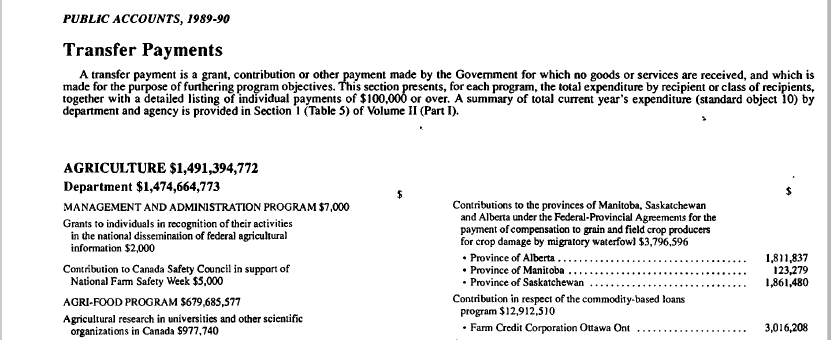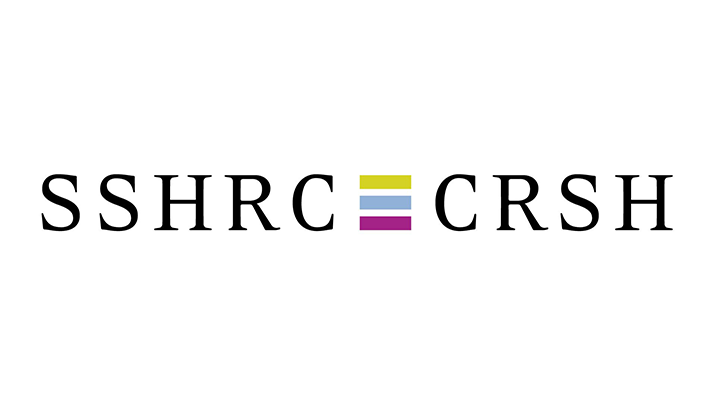Phase I of the project focussed on extracting grants from three jurisdictions (federal, British Columbia, Nova Scotia) that related to four sectors: environment, human rights, Indigenous peoples, and women. The focus was on extracting grants to NGOs (non-governmental organizations) and excluding, for instance, for-profit corporations. The full list of exclusions – data that was not included in the database – is listed below.
Public Accounts is a rich source of data. But it is also a highly complex source that has changed in form and content many times since 1960. For instance, the federal grants data is often organized around programs whereas most provinces do not have funding programs (only a list of grants); the federal data also includes cities/provinces for the recipients but the provincial data does not include this information. Similarly, our collection of the federal data is limited to a dozen ministries (albeit, those that provide the bulk of funding), which change over time (eg. names change or ministries’ merge or are divided). The content in Public Accounts can also differ across time periods or jurisdictions. The information below provides details on our methodology.






